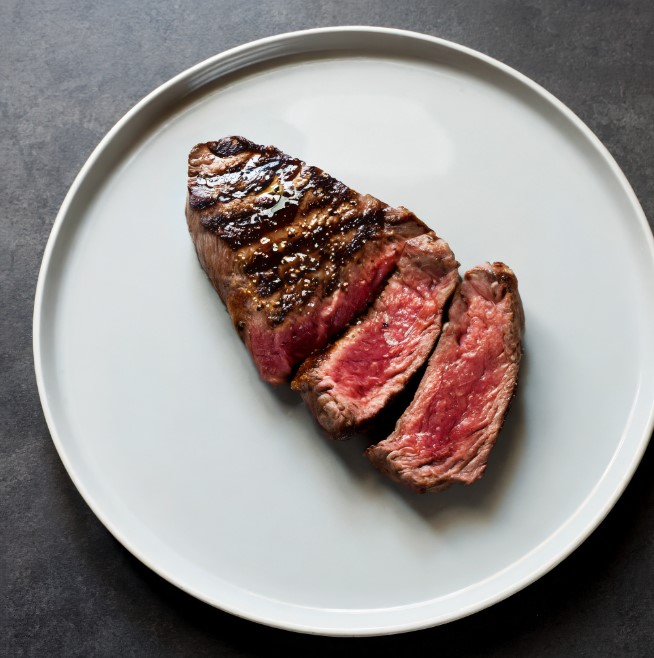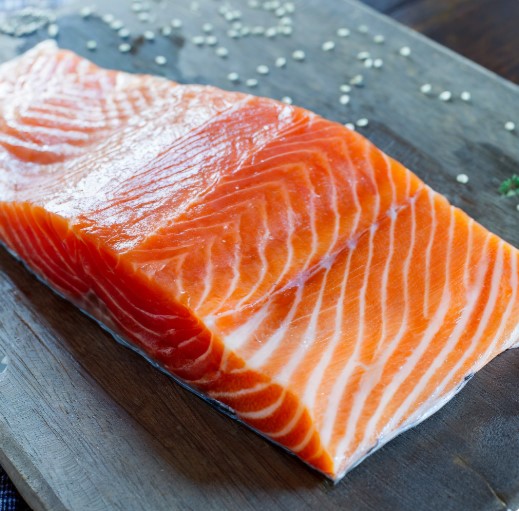
"December 6, 2023 The Athletic Build
(Last Updated On: December 6, 2023)
In the fitness world, understanding your body’s needs is crucial for optimal results. If you’re not active and aiming to shed pounds, reducing carbs and upping fats can be effective. However, for those hitting the gym regularly, particularly with muscle gain in mind, a high-carb diet is key.
Typically, you should aim for at least two grams of carbs per pound of body weight daily. Remember, upping carbs usually means dialing back on fats.
Now, regarding low-fat diets, they were all the rage in the ’80s, but today, their effectiveness is often debated. So, what’s the sweet spot for fat intake if you’re ramping up carbs and calories?
It’s not one-size-fits-all. Your individual goals and body type play a huge role in this. Let’s dive into what we’ve learned from a weight-loss physician and current scientific insights to get a clearer picture.

What Is A Low Fat Diet?
Let’s break down what a low-fat diet really entails. Typically, a low-fat diet consists of getting about 20 to 35 percent of your daily calories from fat. For those going even lower, very low-fat diets contain less than 10 percent of calories from fat.
According to the World Health Organization, American Heart Association, and USDA guidelines, keeping your fat intake within the 20 to 35 percent range is recommended. For example, if you’re 180 pounds and consuming 2,500 calories daily, this equates to 500 to 875 calories from fat, or roughly 55 to 97 grams.
When it comes to protein, athletes often consume about 0.8 to 1 gram per pound of bodyweight, translating to 144 to 180 grams of protein per day. That’s about 23 to 29 percent of your total calorie intake.
So, for a 2,500 calorie diet, you might be looking at something like this:
- Total Calories: 2,500
- Protein: 648 calories (162 grams)
- Carbs: 1,116 calories (279 grams)
- Fat: 688 calories (76 grams)
This structure aligns with a low-fat diet at approximately 27 percent of total calories from fat.
However, athletes often aim for a higher carb to protein ratio, like 1:2 or 1:3. Opting for a 1:2.5 ratio, for instance, your macros might shift to:
- Total Calories: 2,500
- Protein: 648 calories (162 grams)
- Carbs: 1,620 calories (405 grams)
- Fat: 232 calories (26 grams)
Here, fat drops to just under 10 percent of your daily calories, fitting a very low-fat diet category. (1) Elite athletes sometimes need even more carbs. Dr. Aastha Kalra, a New York-based physician, notes, 'For intense training, like four hours a day, an athlete might need around 12 grams of carbs per kilogram of bodyweight daily.'(2)
For an athlete weighing 180 pounds and exercising heavily, their calorie intake might exceed 3,500 calories a day, but their fat intake remains relatively low. The question is, does this approach provide enough fat for optimal health and muscle growth?

Can You Gain Muscle With Low Fat, High Carb?
Carbs are the powerhouse for athletes, undeniably crucial for peak performance and muscle growth. When you’re aiming to be at the top of your game and build functional muscle, carbs are non-negotiable.(3)
They’re not just fuel; they’re the most efficiently metabolized source of energy for high-intensity workouts where your body relies heavily on fast-twitch muscle fibers. Dr. Kalra emphasizes this, noting that carbs are key for replenishing glycogen stores, which, if depleted, can significantly hamper performance, especially with regular intense exercise.
But there’s more to the story. Low-carb diets can impair cognitive functions and even increase the risk of skeletal muscle damage in athletes. A study on world-class race walkers who switched to a low-carb, high-fat diet found a decrease in exercise economy and performance. Plus, carbs play a critical role in preventing dehydration during intense workouts.
Here’s another angle: carbs boost insulin levels, an anabolic hormone crucial for protein metabolism and nutrient absorption. (4) This makes carb-loading a popular strategy among athletes looking to beef up their muscle mass.
However, don’t underestimate the role of fats. They’re not just essential for energy and absorbing vitamins; fats are crucial for hormonal balance. For instance, polyunsaturated fats are linked to healthy testosterone levels, which in turn correlate with improved body composition, mood, and athletic performance.(5)(6)
So, what’s the takeaway for fat intake? About 20 percent of your calories from fat is a solid benchmark for athletes. This balance supports nutrient absorption and anabolic processes.
But remember, there’s no one-size-fits-all in nutrition. Some athletes thrive on very low fat, others don’t. The key is to monitor your intake and adjust it based on your performance both in the gym and in daily life. Your body will tell you what works best for you.[...]"

(For the rest of this article on The Reality Of Low Fat Diets For Athletic Performance click on The Athletic Build link above)

